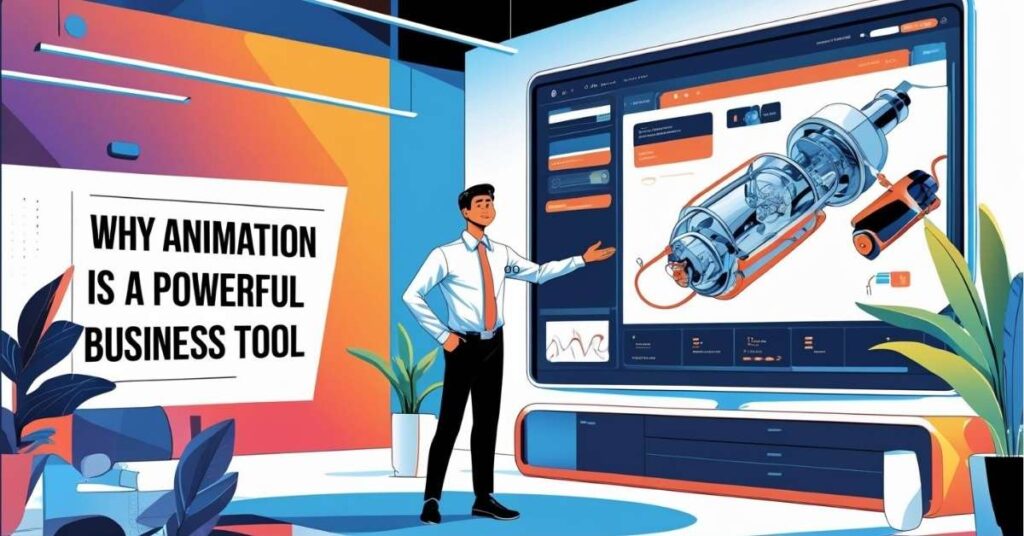When most people think of animation, they imagine movies, cartoons, or YouTube shorts. But in the professional world—offices, courtrooms, boardrooms—animation is quietly doing important work.
I learned this firsthand while working at a litigation firm. We had a client who needed to explain how their product was manufactured, how it worked, and most importantly—why it was safe. The challenge? Their process was too technical for a standard slideshow and too sensitive for live demonstration.
So we turned to animation.

When Words Fall Short, Animation Steps In
The animated video we created wasn’t flashy. It was clean, accurate, and focused. In just a few seconds, it showed how each part of the product fit together, how it functioned under normal use, and where its built-in safety checks kicked in.
It translated complexity into clarity—and that’s exactly what animation is so good at.
Whether you’re explaining a product, presenting data, or walking through a process, animation allows people to see what you mean. It’s like turning your PowerPoint into a 3D conversation.
Real-World Uses of Animation in Business
Here are just a few places where animation shines at work:
- Product demos: Show how something works without the risk of breaking it in real life
- Internal training: Teach procedures or onboarding processes with visual clarity
- Marketing: Use explainer videos to quickly grab attention online
- Litigation: Illustrate scenarios in a courtroom when words or still images aren’t enough
In all of these examples, the goal is the same: make something clear. Not just pretty. Not just cool. Clear.

You Don’t Have to Be a Pro Studio
Today, even beginner tools like Animaker, Vyond, or Doodly make it possible for small businesses—or even solo creators—to use animation effectively.
If you’re just starting out and exploring animation as a hobby, this is a great niche to experiment with. You never know when your next animation might help someone solve a problem or win a case.
Sources
- Vyond – 7 Reasons to Use Animated Video in Business
Lists benefits like clarity, cost‑effectiveness, and ability to visualize complex ideas. - Blog – Let’s create business animations with Vyond!
Explains how Vyond’s PowerPoint‑style interface makes animation accessible for corporate communication. - Wikipedia – Vyond
Notes that 65% of Fortune 500 companies use Vyond for marketing, training, and corporate education.


























